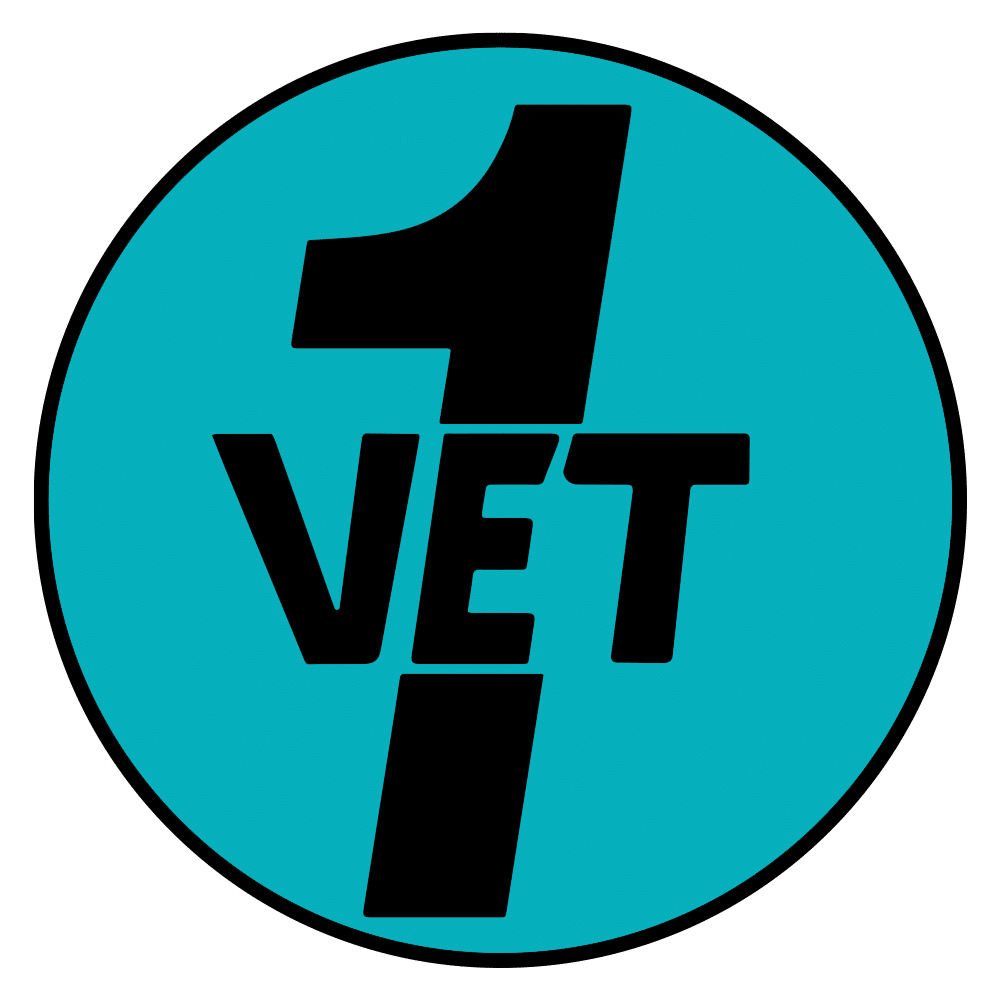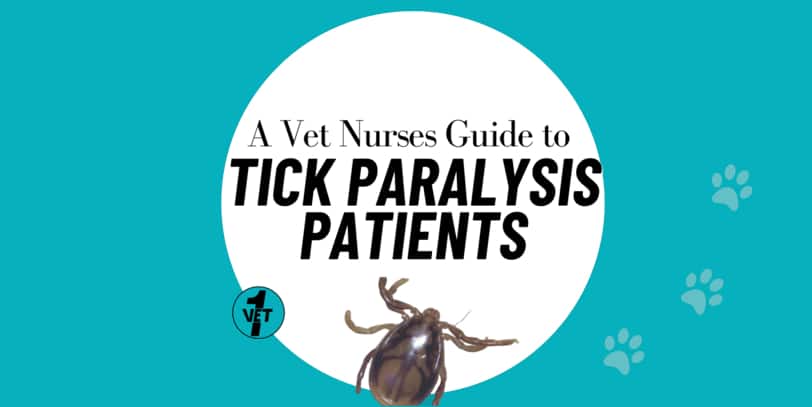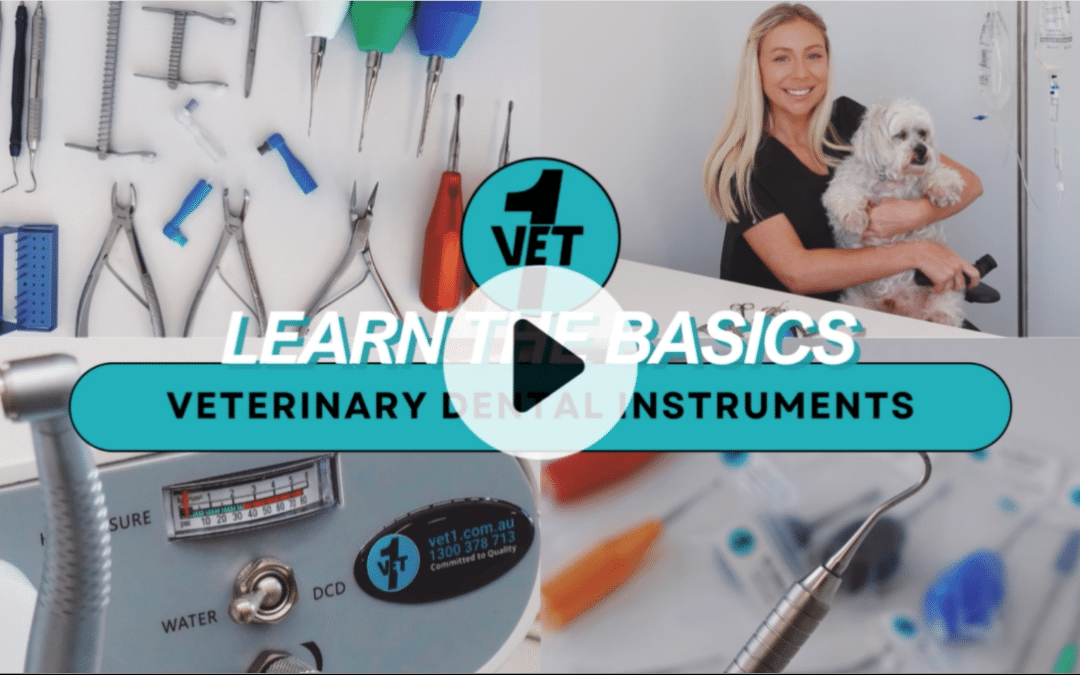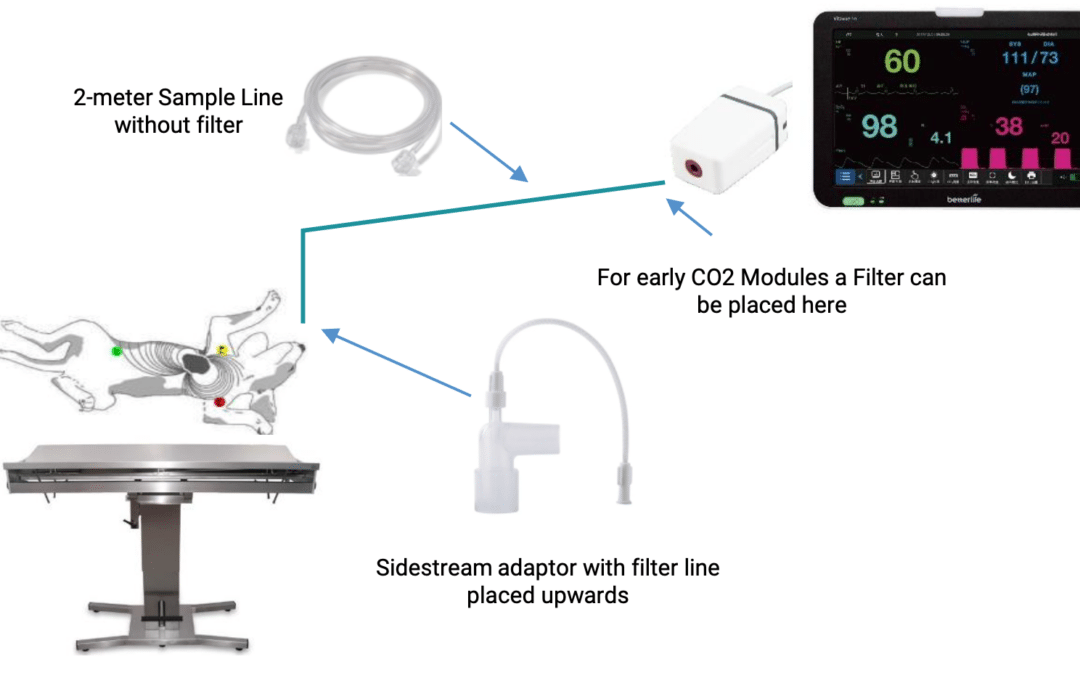
1. Ensure Tip Sterilisation:
– Prioritise the sterilisation of ultrasonic tips before each use to uphold the highest standards of hygiene and prevent cross-contamination. Adhering to the manufacturer’s cleaning and sterilisation protocols is paramount. This applies to both magnetostrictive inserts and piezo tips, which should be thoroughly cleaned, disinfected, rinsed, and then autoclaved.
2. Select the Right Scaler Tip:
– Choose the appropriate tip based on the specific area of the tooth being cleaned, taking into account whether it’s supragingival or subgingival. Incorrect tip selection can potentially cause trauma to the teeth surface. It’s crucial to understand that tips designed for subgingival use typically have narrower profiles compared to those intended for supragingival scaling.
Subgingival means BELOW the gum line.
Supragingival means ABOVE the gum line.
3. Conduct Pre-scaling Tip Inspection:
– Prior to each scaling procedure, conduct a thorough examination of the tip for signs of wear and tear. The condition of the tip directly affects its cleaning efficiency. A tip that has worn down by just 1mm has already lost 25% of its cleaning efficiency and should be replaced.
4. Use the Side of the Tip:
– Opt for utilising the lateral sides of the scaler’s tip when removing plaque and calculus above the gum line. This technique minimises the risk of potential damage to the tooth’s surface. Maintain a consistent, sweeping motion for effective and safe cleaning.
5. Polish with Disposable Prophy Angles:
– Post-ultrasonic scaling, employ a tooth polishing techniques to eliminate any lingering plaque and create a smooth tooth surface. Even in the veterinary industry, it’s imperative to use disposable prophy angles for each case to prevent cross-contamination. Apply a polishing paste to the rubber cup and tooth surface. Use light pressure for a few seconds per tooth, avoiding excessive frictional.
BATTERIES & BULBS
AIR STERILIZER
SMALL ANIMAL
Millpledge Catheters
Tom Tiddle – Kitty Kath
– Jimmy Riddle
Millpledge Wrapz – Bandages
Chewy NoNo
Funny Farm
Millpledge Ease-Off
Bandage Remover
Millpledge Dermafuse Tissue Adhesive
Spey Hooks / Aural Forceps
Monitoring




